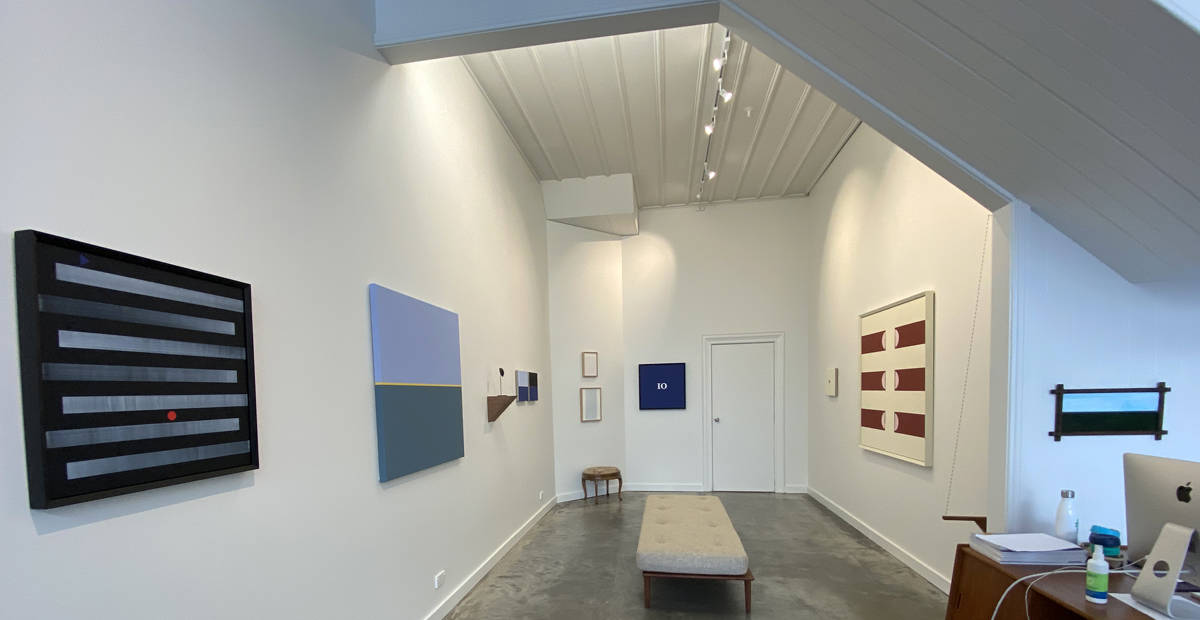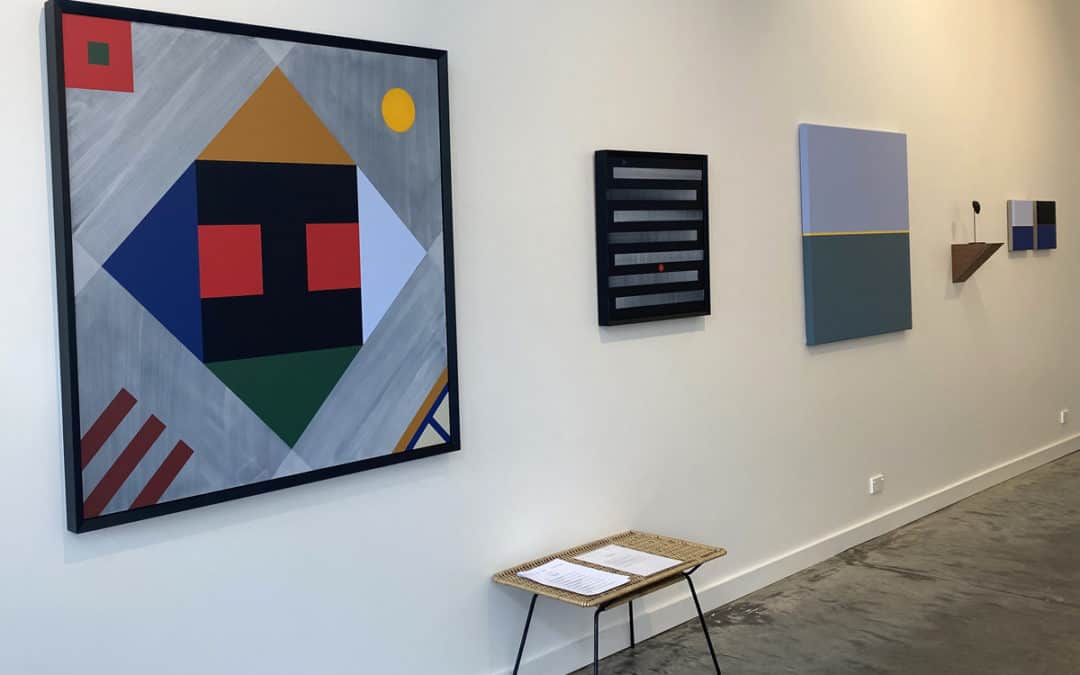Gallery Introduction to the exhibition
From September – December 2019, Wayne Youle was the artist in residence at the McCahon House in Titirangi, Auckland.
Initially, Youle intended that his time in Titirangi would focus on the cottage and studio, which was McCahon’s house and studio between the years of 1953-1960. Elevation, the title for Youle’s residency body of work, was devised in the context of architectural plans for the cottage and was completed all onsite during this time.
As Youle became immersed in his surroundings, he became deeply interested in McCahon as a person, the stories of his life, his role as a father and artist as well as his current exhalated place in the canon of New Zealand art history. Accordingly, Elevation became less about the house and more about the person in terms of Wayne’s eyes, and also that of general public perception about the artist.
Opening later in September at Te Uru Gallery in Titirangi, Auckland is another exhibition ‘Elevation’, in which the major sculptural part of Wayne’s residency body of work will be shown.
Doing it justice – that seems to be what Wayne Youle did when he spent his three months as resident at McCahon House in 2019. The works in this exhibition, and the work in the upcoming exhibition at Te Uru Gallery are from the body of work completed during the residency.
The best way to currently learn more and gain a background setting is to go and visit the exhibition and chat to Briar at {Suite} in Ponsonby Road. As Youle became embedded in McCahon culture and legend, it became more about the man – even down to how tall he was. The works all have a back story, and are executed in a succinct, appealing and wry way.
Here is an example – relating to the work top left, “Living in the Land of the “I”
After viewing works at the home of a McCahon collector, Wayne came home straight away to Titirangi and made ‘In the Land of the I’ – a reference to the fact that he had been completely surrounded by McCahon both literally in terms of artworks and figuratively by his presence within the art world currently. In this work, in the bottom left corner are three fingers – a symbol for carving – the father, son and holy ghost. In the top left corner is a green square which is a reference to the green sealing wax in the eyes of a Hei-Tiki in the collection of the collector.
In the bottom right corner is a reference to a major Parihaka painting by McCahon – the T represents the Tau cross coming through the earth to its surface. In the top right hand corner is the sun bringing light onto this project and the McCahon centenary. The triangles around the ‘I’ are repetition of McCahon colours and shapes.
{Suite} 189 Ponsonby Rd, Ponsonby
9 September to 3 October
Wayne Youle at Te Uru
26 September to 29 November


